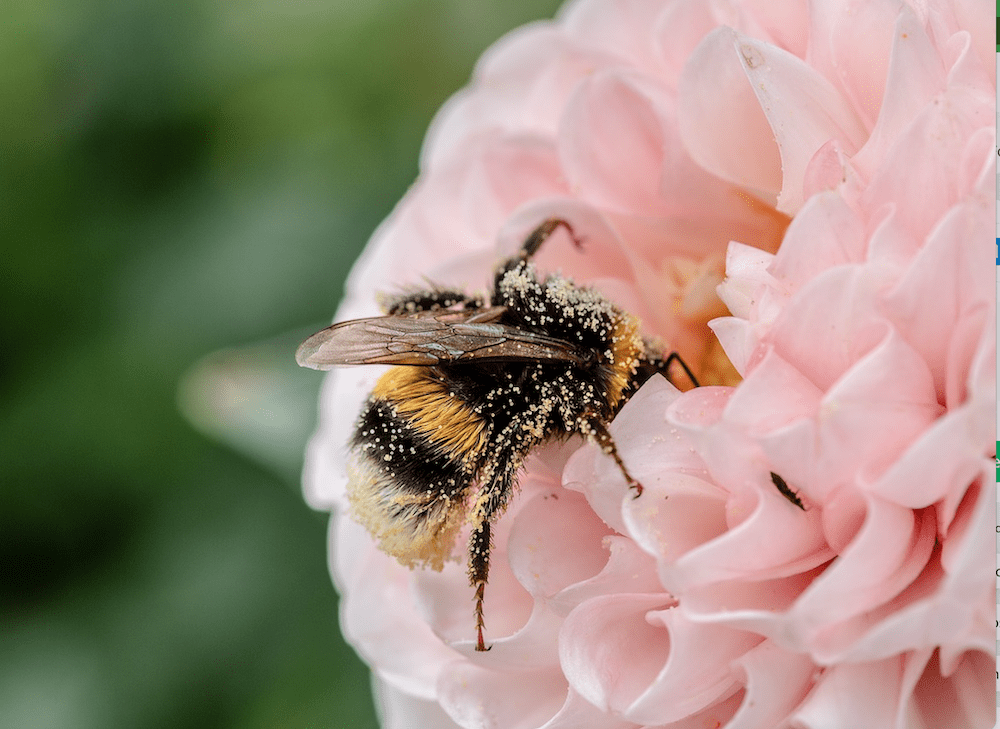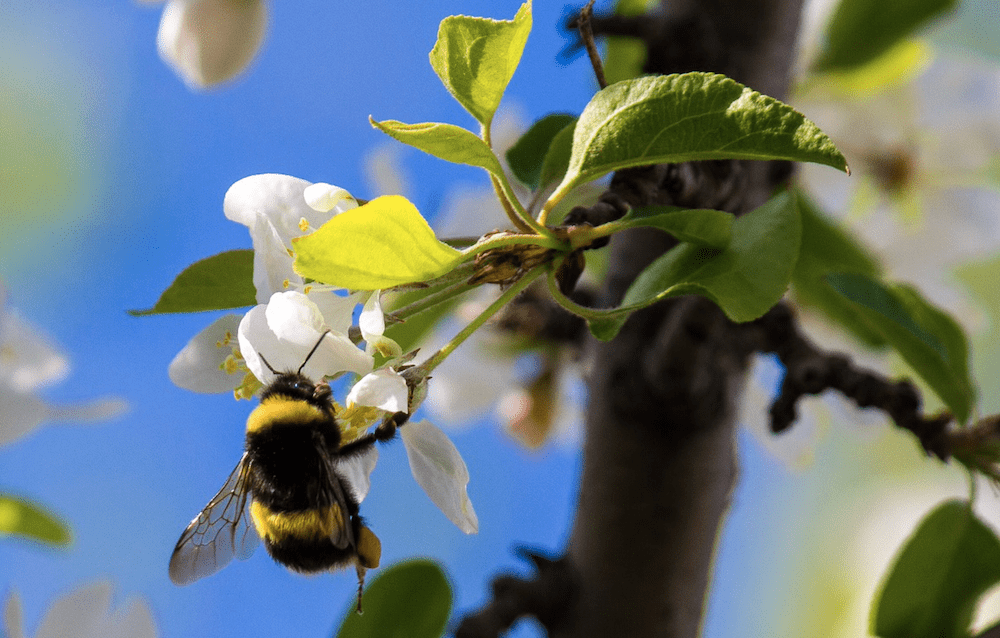American Bumblebees Extinct in 8 U.S. States – What You Can Do To Help
By Jill Brooke

Here’s some buzz for you to consider. This fall you may want to consider planting bee-friendly plants and not use harmful pesticides. According to the Center for Biological Diversity, the American bumblebee — a vital pollinator of wildflowers and crops across North America — has completely vanished from eight U.S. states — Maine, New Hampshire, Rhode Island, Vermont, Idaho, North Dakota, Oregon and Wyoming — and in New York state, the species has experienced a population decline of 99%. In 19 other states across the Southeast and Midwest, populations have dropped by more than 50%.
According to Live Science, efforts are now moving ahead for bees to be an endangered species. An Albany Law school group called Bombus Pollinator Association of Law Students worked with the CBD to raise awareness and concern about pesticides and the impact of climate change.
“The American bumblebee was once the most common bumblebee species in North America, but without immediate action to protect it under the ESA, it will continue its alarming decline towards extinction,” the petition authors wrote.
Over the last two decades, the American bumble bee population has decreased by 89% across the U.S. New York had a decline of 99% and they disappeared from the northern part of Illinois that has seen a 74% decrease in population since 2004, the petition said.
However, as James Wolfin, an entomologist and the Director of Education at Metro Blooms notes, the American bumblebee refers to one specific bumble bee species, Bombus pensylvanicus. “So while it is feared that this species may have gone extinct or disappeared in eight states across the United States, bees, on the whole, are not going extinct,” he says. “What is important to know is that the factors at the heart of this issue impact all bees and pollinators. We need to look more closely at these underlying reasons — habitat loss and fragmentation, a lack of high-quality nutrition, pesticide use, climate change, and much more — to understand what we can do for the American bumble bee and other species. I encourage people to think critically about how they manage their landscapes, and when possible, incorporate native wildflowers to help our at-risk pollinators.”
Perhaps more states will adopt what Minnesota did. It is the first state in the U.S. to pay residents $500 to plant lawns with bee-friendly wildflowers, clover and native grasses.
The state is also asking residents to stop spraying herbicide and let their lawns re-wild into a more natural state.
As for me, I’m adding more bee-friendly plantings to my garden. Little steps go a long way. 🐝🌷👍 This summer I already had lots of bees on my roses and zinnias. Feels good to do good.

Jill Brooke is a former CNN correspondent, Post columnist and editor-in-chief of Avenue and Travel Savvy magazine. She is an author and the editorial director of FPD and floral editor for aspire design and home magazine
